Nieuwe set kaarten (10 euro) in de winkel
Plastic Utopia
Absorbtievermogen van de natuur

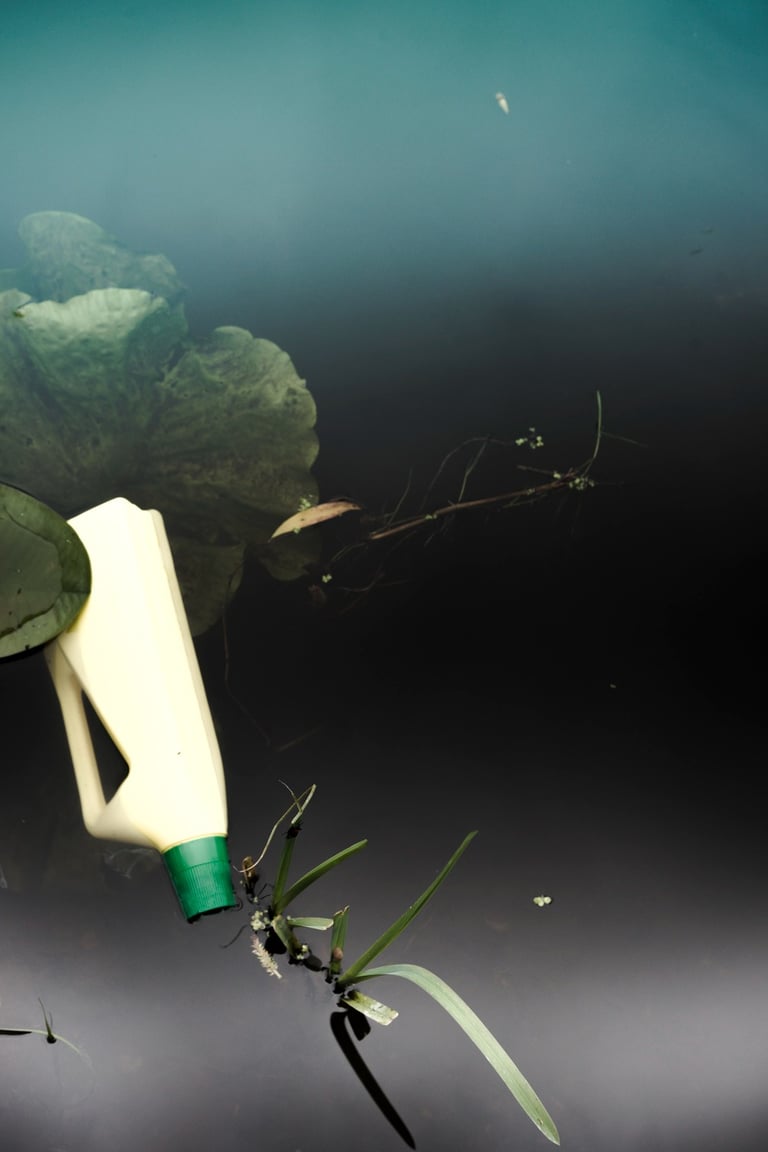
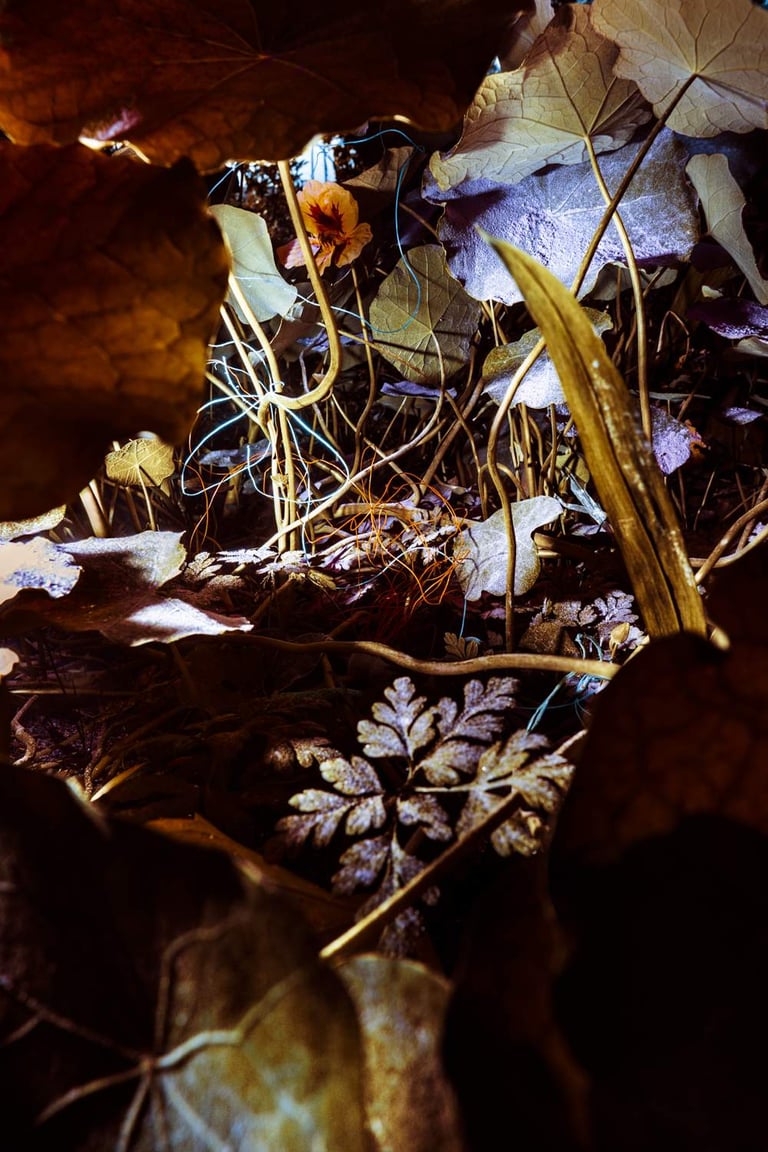
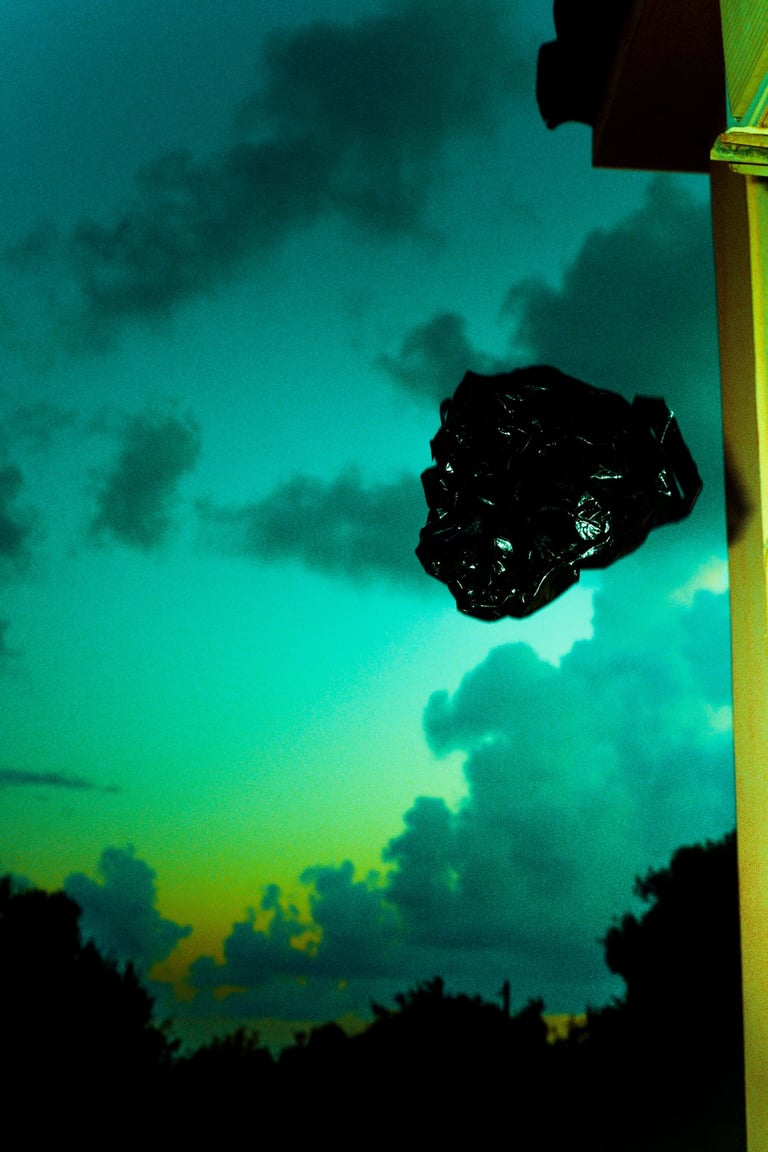
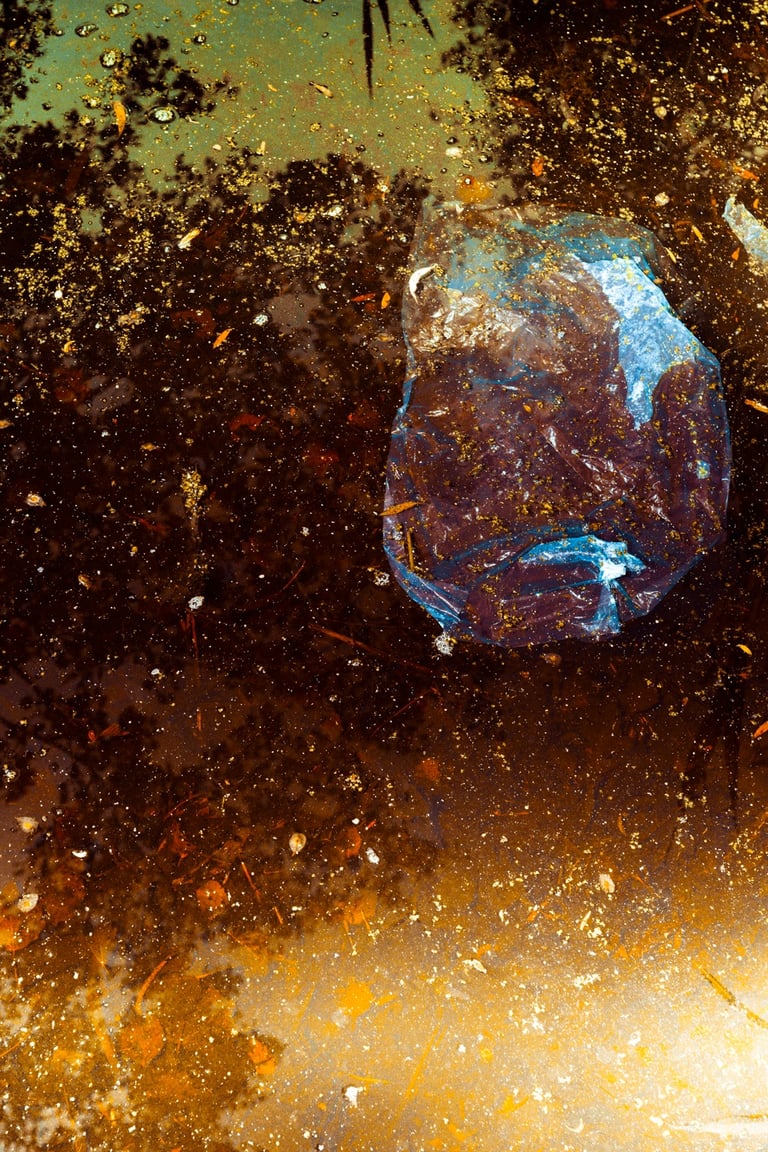
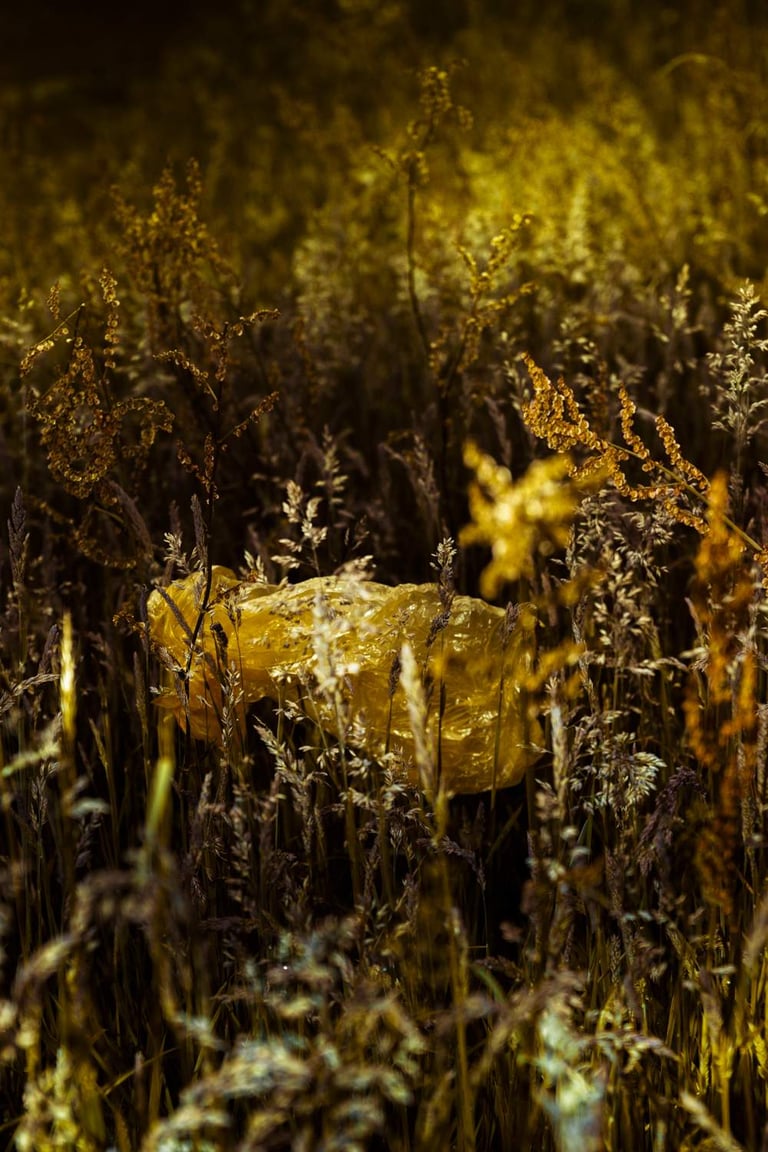
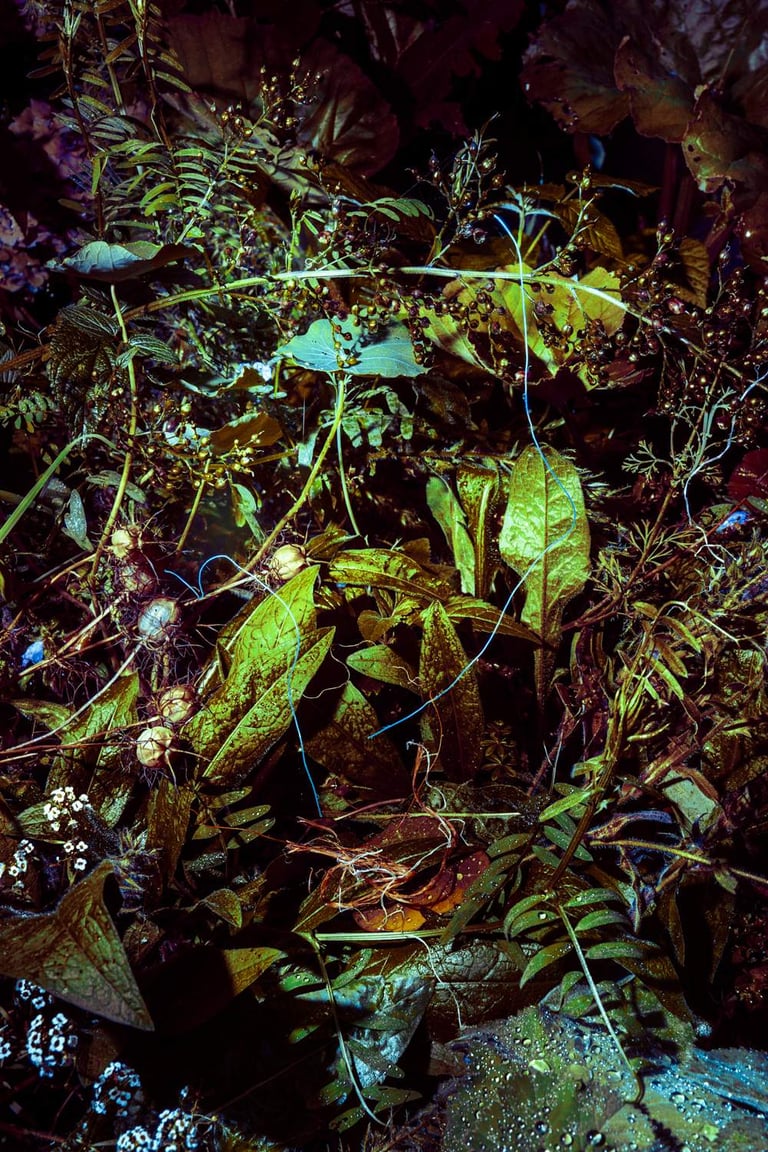
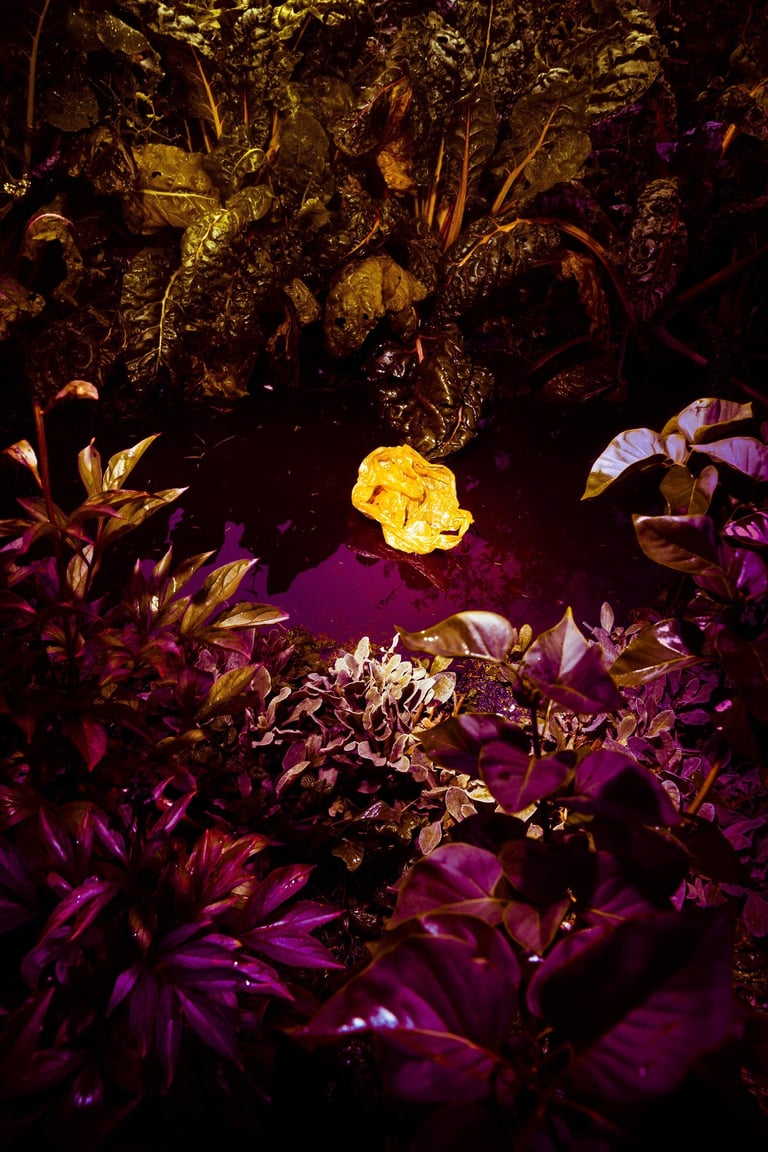
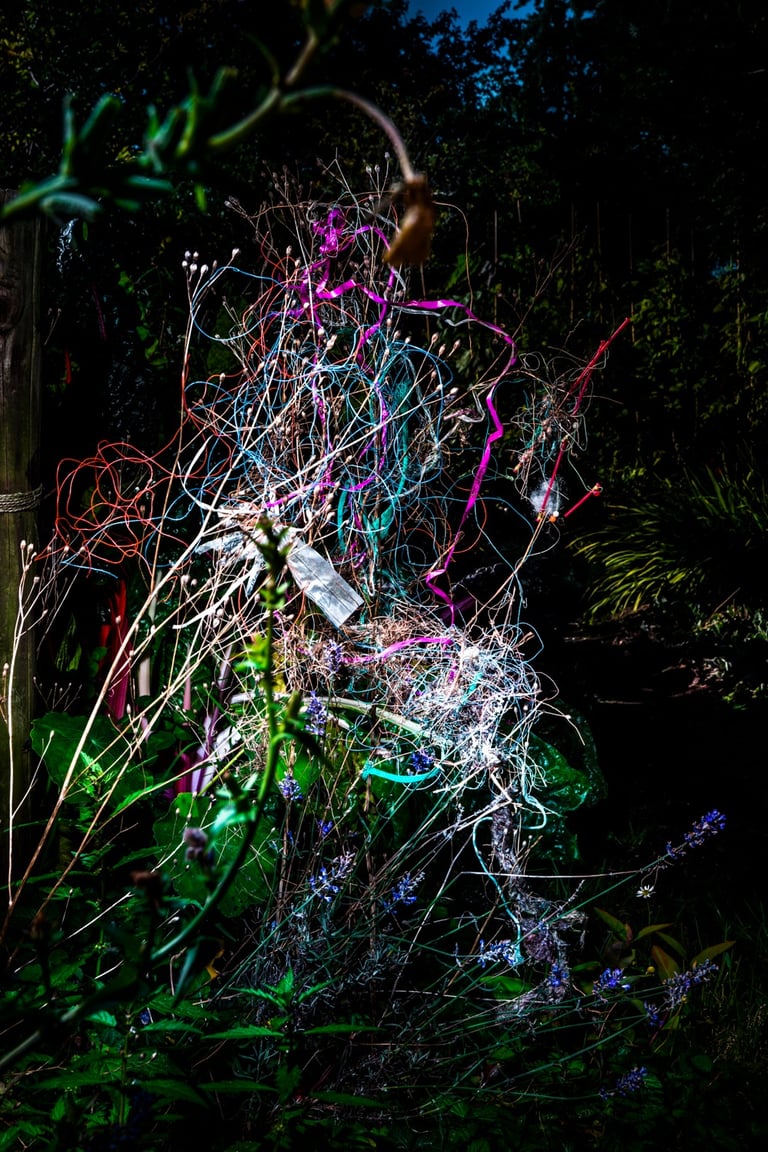

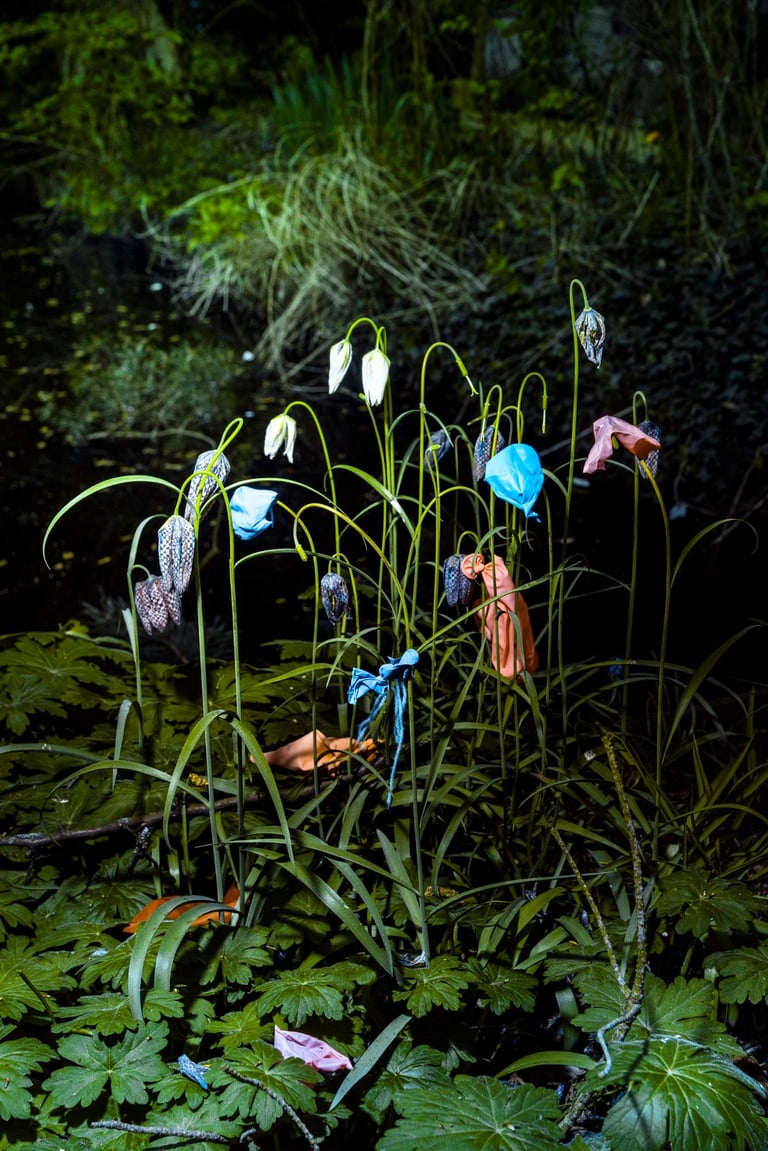
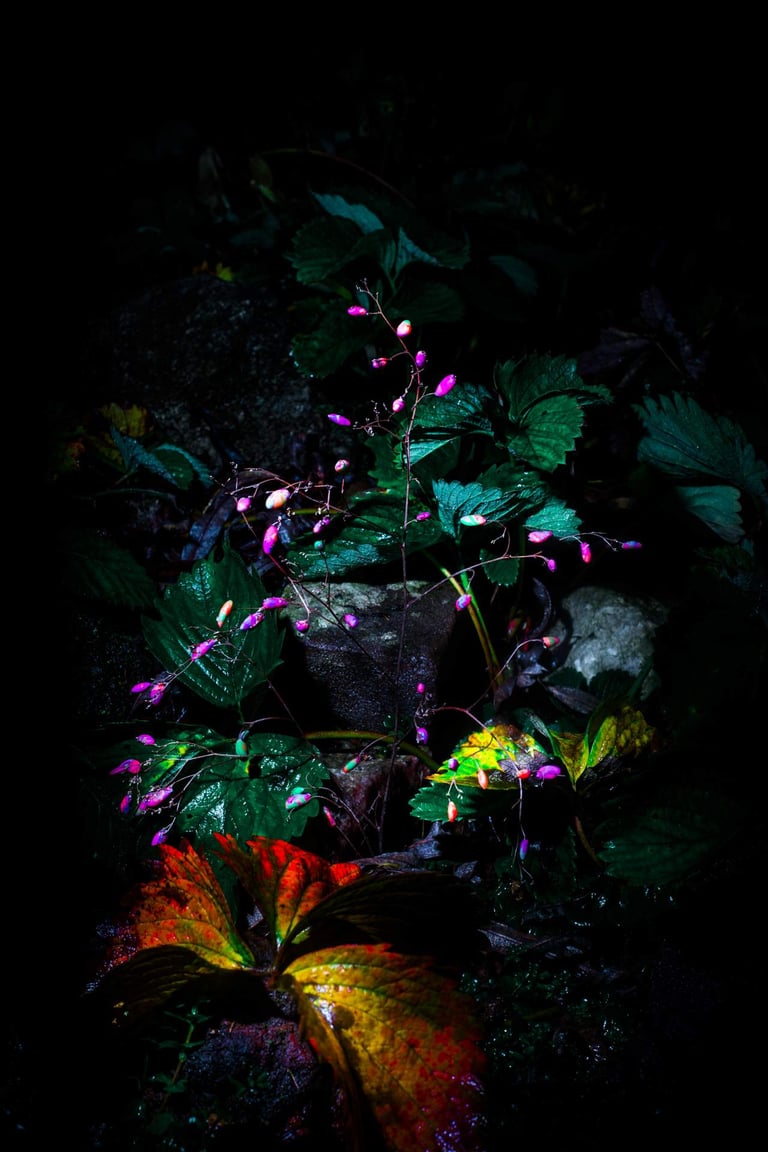
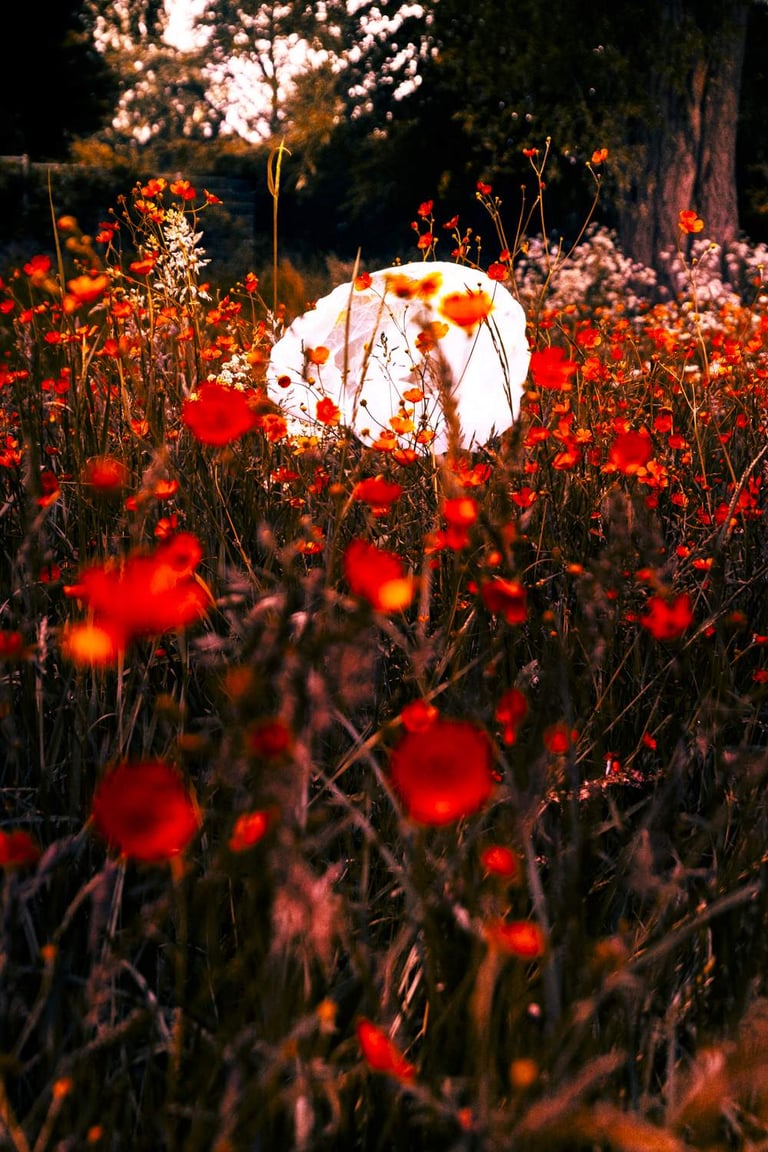

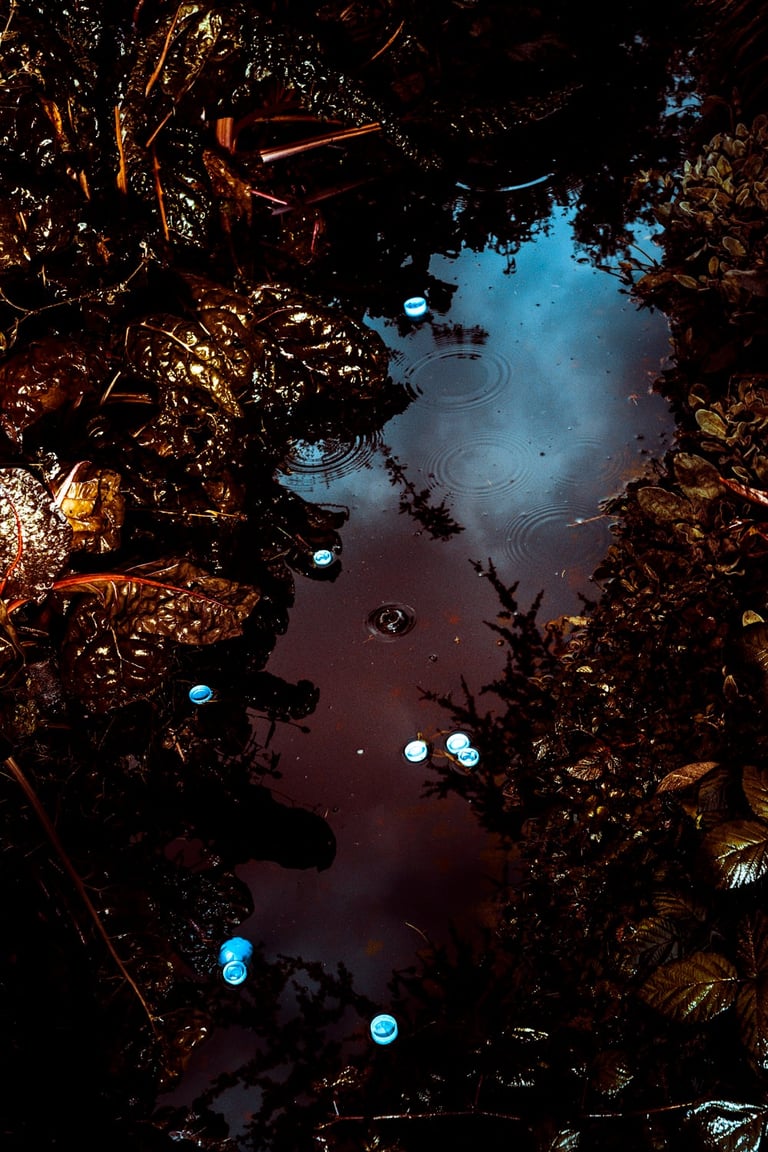















We are living in the Anthropocene: the geological period when humans are thought to have the biggest impact on the planet's climate and environment. Plastic waste from the 1970s still washes up on our shores completely intact; the plastics that do decompose simply fall apart into smaller particles. Scientists are not sure how long it will take for this detritus to dissolve—or whether they will ever disappear.
“Plastic Utopia” is a photographic project on the impact of our consumption on the environment. My hope is that nature will be strong and flexible enough to persevere. The series is also a reflection on my own behavior—my photographic waste.
I worked with three other artists—all from other disciplines—to investigate this environmental situation. We decided to go into the field and do research in a pseudo-scientific way. For example, we visited seemingly clean areas—parks and beaches—where I made ‘inventory’ images of the refuse we found. That was the beginning of “Plastic Utopia.” After a while, I started placing my findings back into nature and taking photos with the future in mind. I eventually started to incorporate objects that might not yet be considered waste, like abandoned toys.
I wanted flash to play an important role in highlighting and isolating certain parts of the frame, so I decided to shoot this project digitally. I also wanted the colors to be strong—almost like a commercial product shoot—so I relied on post-processing to shift the colors and give the images a more futuristic feeling.
I considered the aesthetics of this work very carefully. Some of my previous series had really dark, almost muddy images. I felt that people were not looking at them. I had long discussions with my artist friends about this. Often viewers disengage from work that is important but also ubiquitous—when you talk about politics, waste, or environmentalism, sometimes people disconnect because they are inundated with information.
In “Plastic Utopia,” I wanted people to see both the beauty of nature and the beauty of trash. I also wanted the audience to ask questions about my approach: am I making it too beautiful, too aesthetically pleasing? Perhaps I am, and yet perhaps this is a good way of forcing people to reflect on the subject.
CONTACT
Workshops
henriblommers@yahoo.co.uk
(+31) 06-819 622 17
© 2025. All rights reserved.
